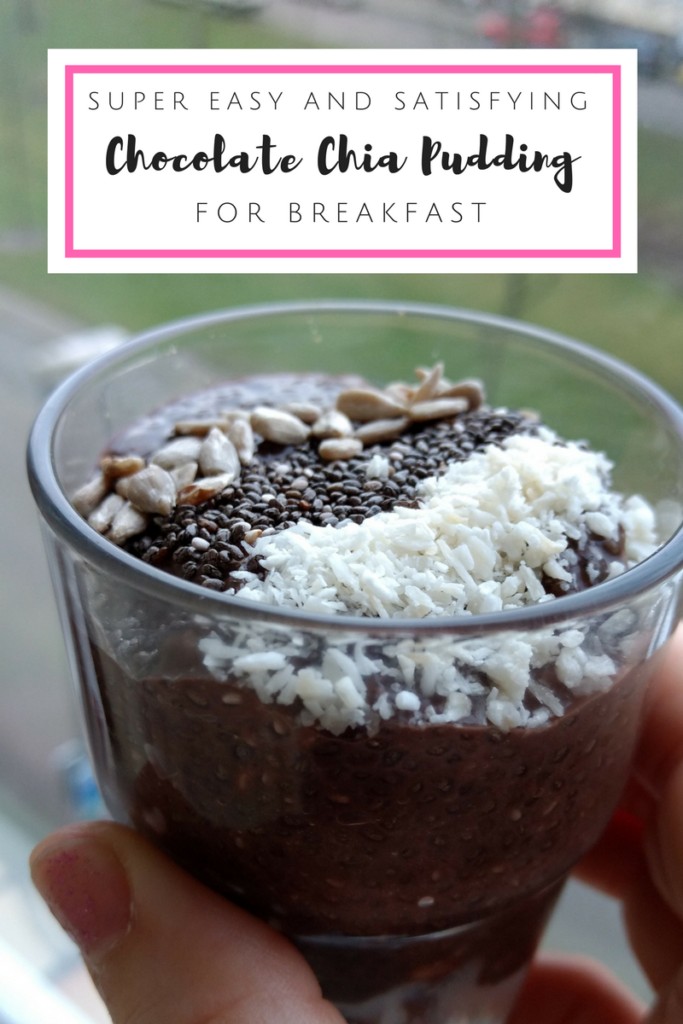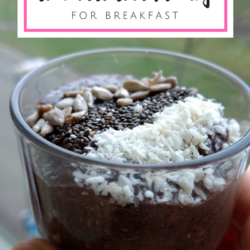Passover Ingredients Swaps List
Handy Passover Ingredients Swap List
- Originally Published:
- Last Modified: August 22, 2025
- Hannah Abreu
We all know those common Passover swaps, like substituting all purpose flour with matzah meal (even though, I haven’t been very successful with that myself) but, what if you want to substitute other common ingredients? This Passover Ingredients Swap List will show you some of the most common substitutions that we have available nowadays.


I hope that with this Passover Ingredient Swap list, I can take off of you some of the overwhelm, and remind you how easy it is to cook (and enjoy!) not just eating during Pesach, but the planning that comes with it.
If you are looking for more recipes and inspiration for Passover, you can check our curated Pinterest Board.
Passover Ingredients Swaps List Read More »





